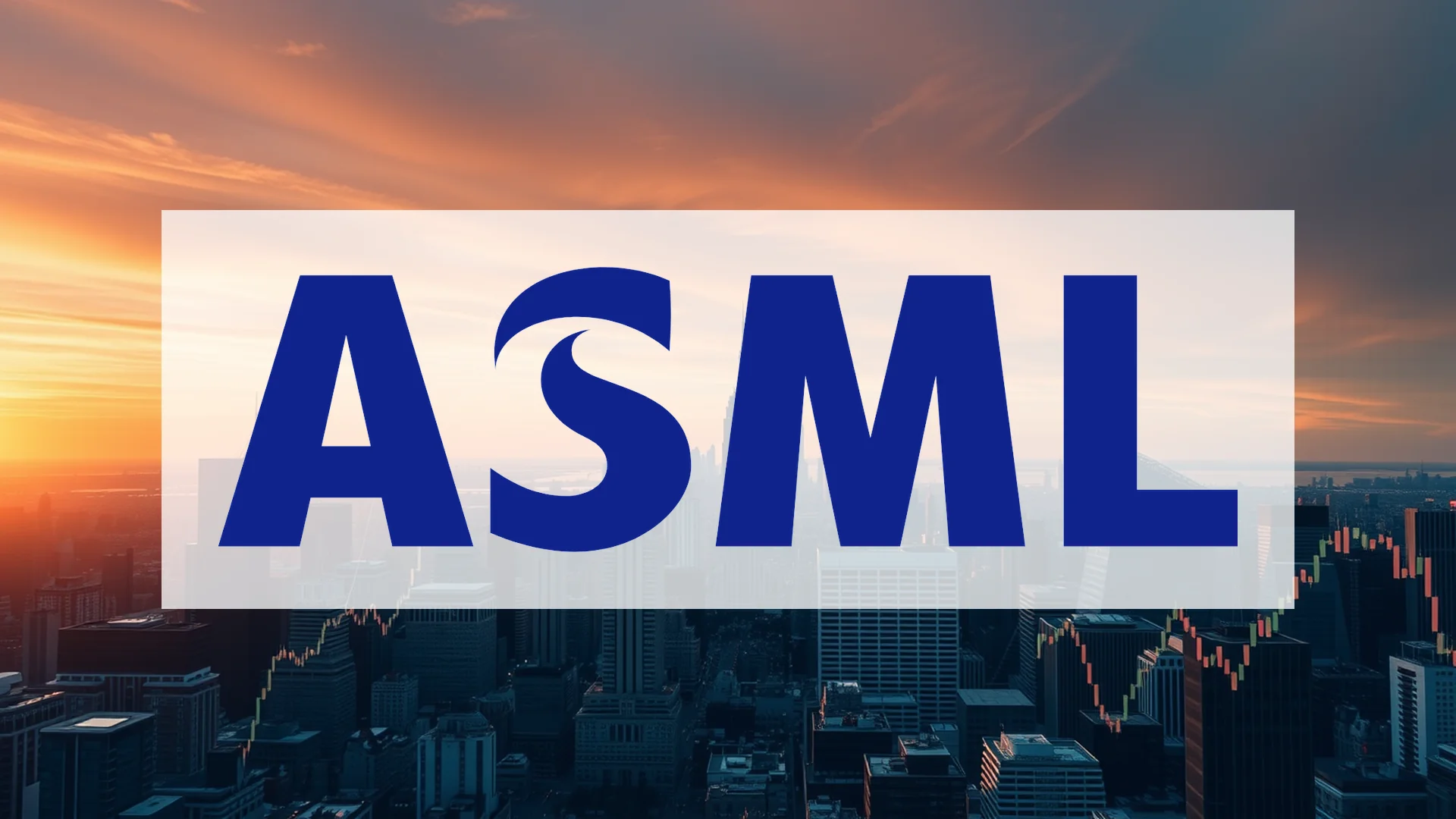The investment case for Dutch semiconductor equipment manufacturer ASML is growing increasingly complex, prompting several major investment banks to revise their outlooks downward. A confluence of challenging factors—geopolitical friction, softening demand, and hesitant key customers—is creating significant uncertainty for the chip giant.
Geopolitical Tensions and Market Concentration Risks
A primary concern highlighted by analysts is ASML’s substantial exposure to the Chinese market. Nearly half of the company’s most recent quarterly revenue originated from China, despite being restricted to selling only its older deep ultraviolet (DUV) lithography systems there. New warnings suggest this crucial revenue stream may be at risk. Analysts at Deutsche Bank point to emerging overcapacity within China’s domestic semiconductor sector and a noticeable pullback in spending. An even more immediate threat looms: the potential addition of Chinese memory chipmakers, such as CMXT, to the U.S. Entity List. Such a move could impose further severe restrictions on ASML’s ability to conduct business in the region.
Demand Weakness and Key Client Setbacks
The challenges extend beyond China. Significant customers are also reassessing their investment plans. U.S. chip leader Intel has reportedly paused its expansion ambitions in Germany for a minimum of two years and is scaling back capital expenditures. This decision deals a considerable blow to ASML, which depends on demand from Intel and other giants for its cutting-edge extreme ultraviolet (EUV) lithography machines. Concurrently, the global memory chip market (DRAM), another vital end-market for ASML’s products, is experiencing a pronounced period of weakness.
Should investors sell immediately? Or is it worth buying ASML?
A Contrarian Outlook and AI Hope
Amid the prevailing caution, some institutions see a buying opportunity. This week, Citi Group named ASML its top pick within the European technology sector, arguing that the stock’s approximately 30% summer decline was an overreaction. Even Morgan Stanley cautioned against becoming too pessimistic on the company before the new order cycle has had a chance to peak. Underpinning this more optimistic view is the sustained, robust demand for ASML’s most advanced EUV systems, which are critical for manufacturing the next generation of artificial intelligence (AI) chips.
All attention now turns to October 16th, when ASML is scheduled to release its quarterly earnings. This report will serve as a critical test, revealing whether the current wave of analyst pessimism is justified or if the industry leader remains on a stronger footing than anticipated.
Ad
ASML Stock: Buy or Sell?! New ASML Analysis from December 22 delivers the answer:
The latest ASML figures speak for themselves: Urgent action needed for ASML investors. Is it worth buying or should you sell? Find out what to do now in the current free analysis from December 22.
ASML: Buy or sell? Read more here...









